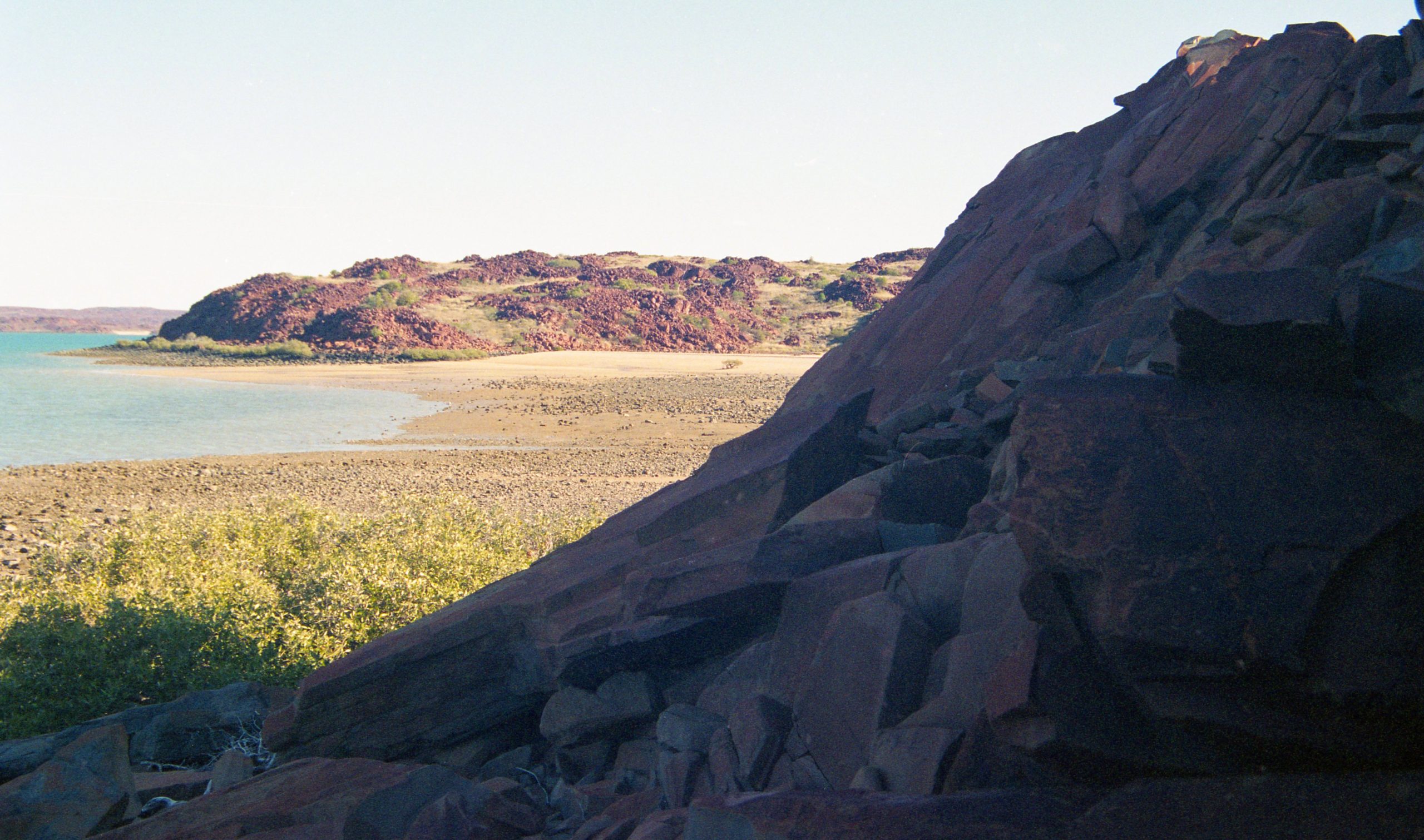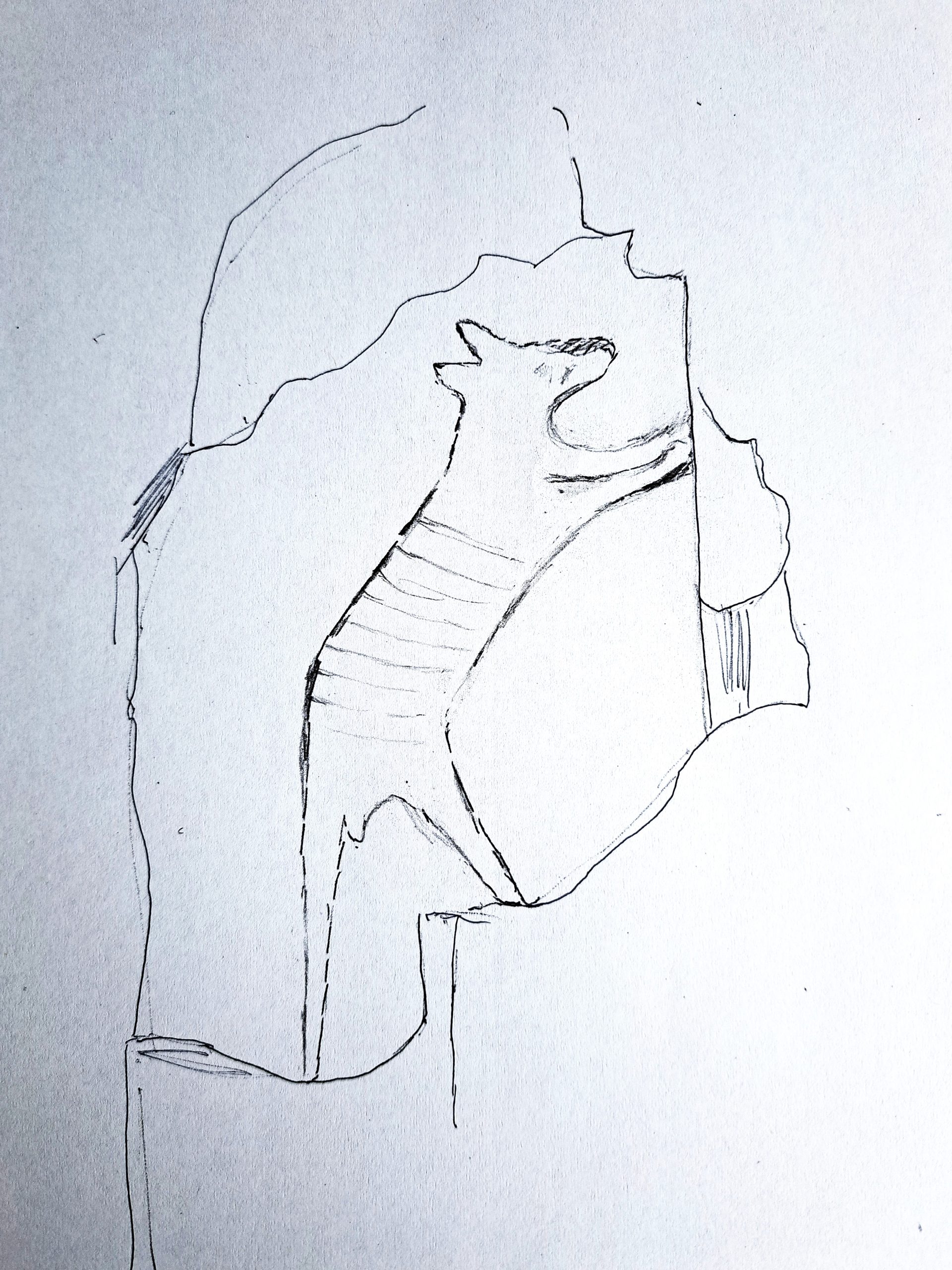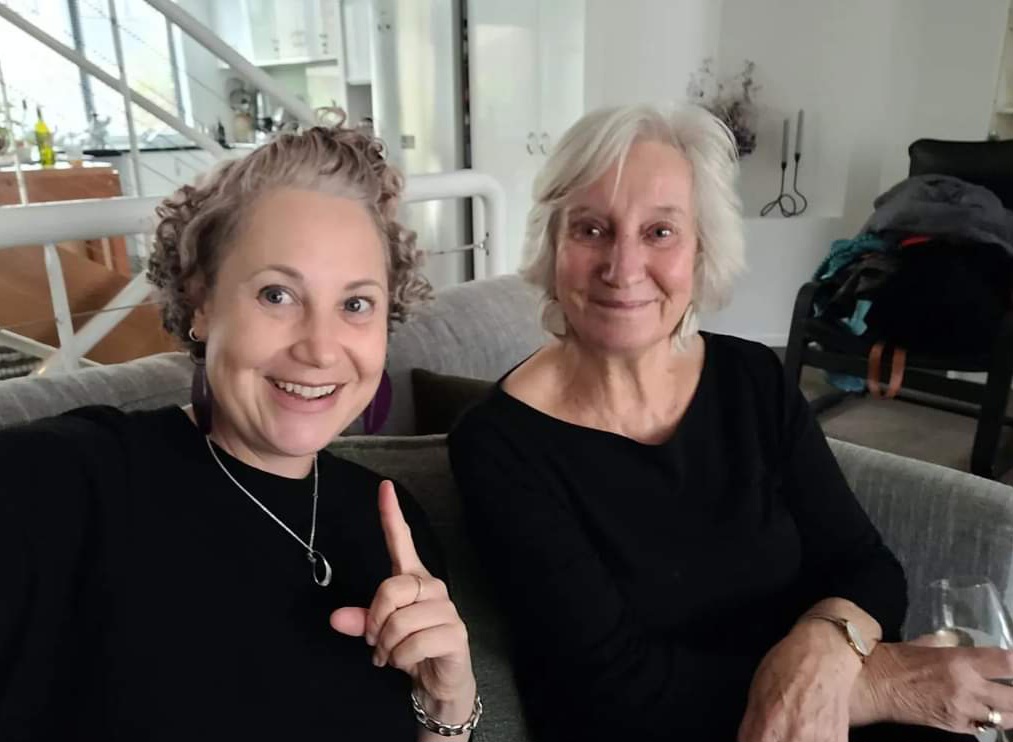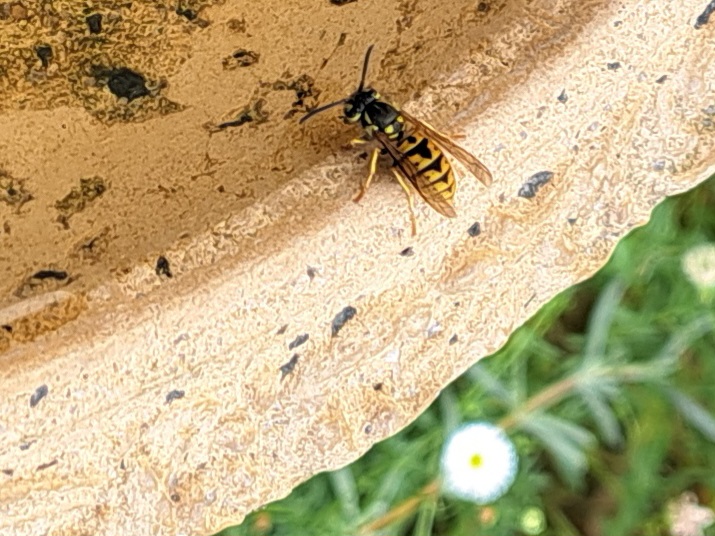What is a Good Resurrection?
When I was asked to take part in a roundtable on thylacine de-extinction I had already written a chapter on the subject in Carol Gigliotti’s book Leonardo’s Choice: Genetic Technologies and Animals. So I was particularly interested in exploring new approaches to the idea, given the recent announcement of a second attempt at cloning the thylacine.
The roundtable included Hannah Stark from University of Tasmania and Rosie Ibbotson from Te Whare Wānanga o Waitaha, University of Canterbury. The brief asked for expansive and critical questions about the idea of reviving the thylacine that challenged what is ‘good’ and even what is a ‘resurrection’. For instance, what can the arts and humanities do to push beyond the ‘should we/shouldn’t we’ debate? And how can images and texts explore moral and ethical responsibilities to living and extinct species?
I selected 4 images from the historical archive: a petroglyph incised by the Yaburara people on an island in the Dampier Archipelago off the Western Australian Coast; the first European drawing of a thylacine – an injured animal caught in a trap published in 1808; a lantern slide of an exhausted thylacine collapsed over a drinking trough in London Zoo in 1864; and the official Tasmanian government emblem of a thylacine emerging from the grass that has appeared on car number plates in the State since 2008. I asked: Are the first and fourth representations good resurrections in themselves? Is a totemic image, as the fourth is, a good way of giving an animal a sustained revival?
The event was sponsored by The Elephant in the Ivory Tower: Anti-disciplinary Animal Studies, a new research strand of the University of York’s Centre for Modern Studies. Thank you, Sarah Bezan for organising the symposium and inviting me to participate in the roundtable.
For an extended analysis of the Australian Museum’s cloning attempt 1999-2004 see my essay “Ending Extinction: The Quagga, the Thylacine and the ‘smart human’” in Leonardo’s Choice (2009). This book was a ground-breaking collection about the relationship between animals, biotechnology and the Arts. For Carol Gigliotti’s introduction click here








Leave A Comment